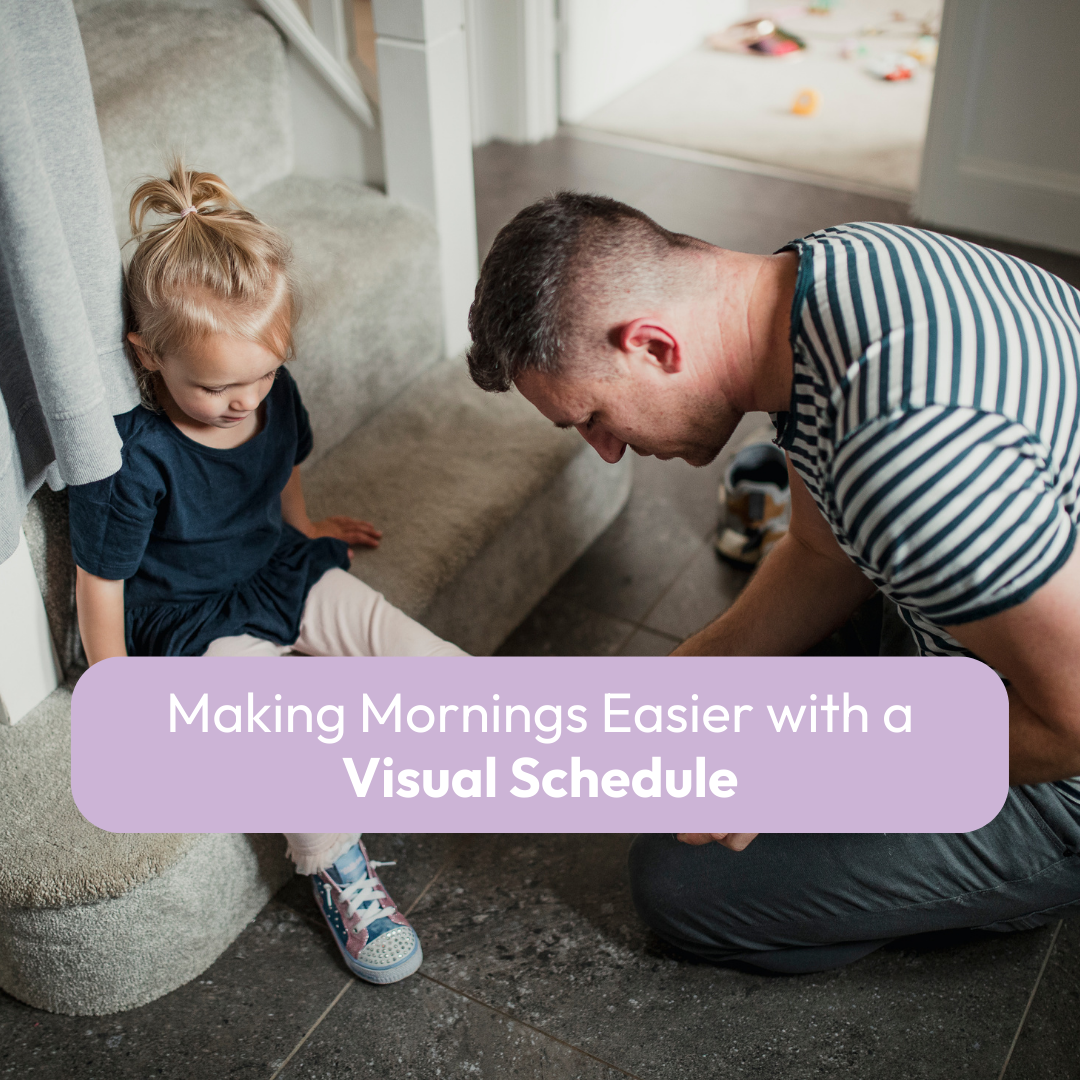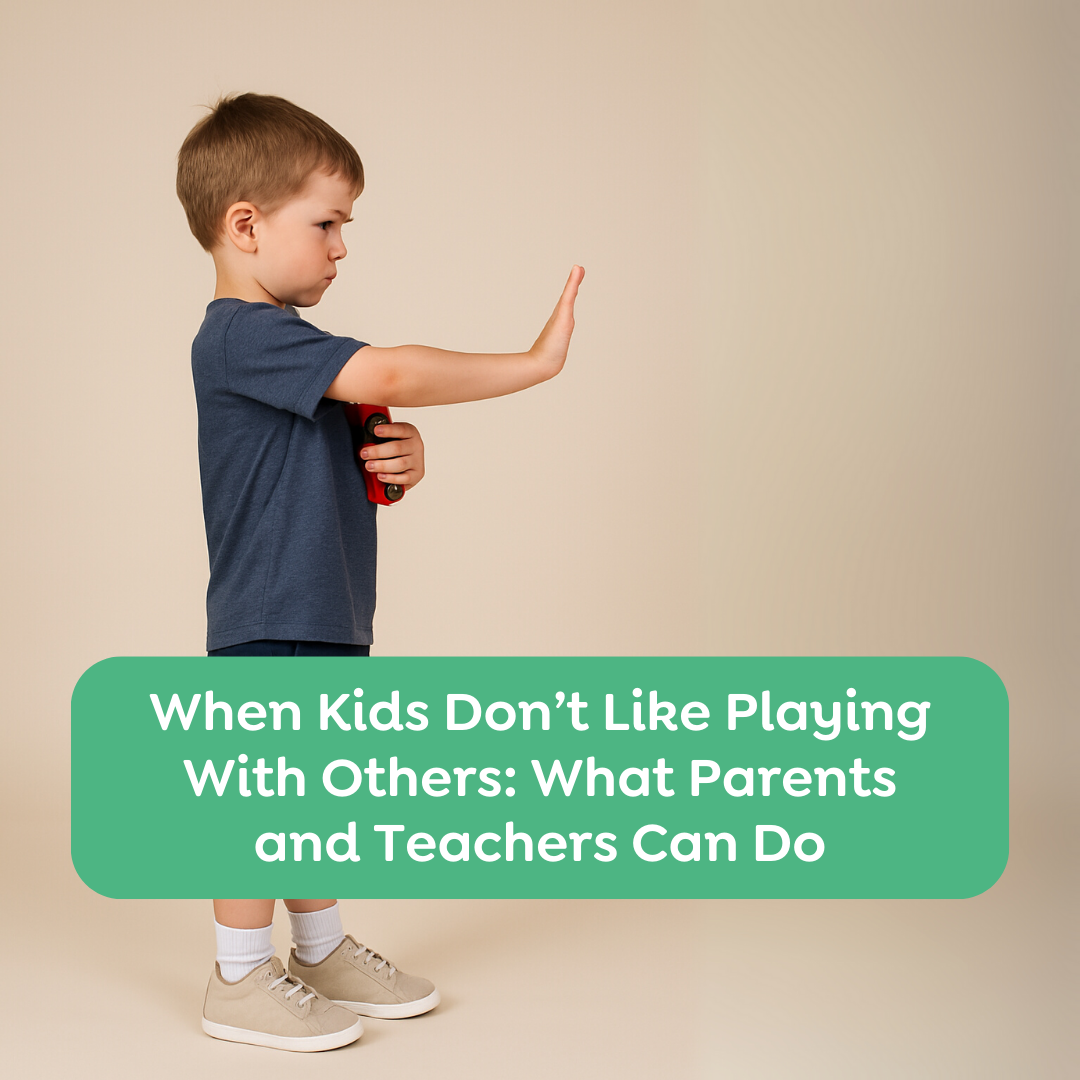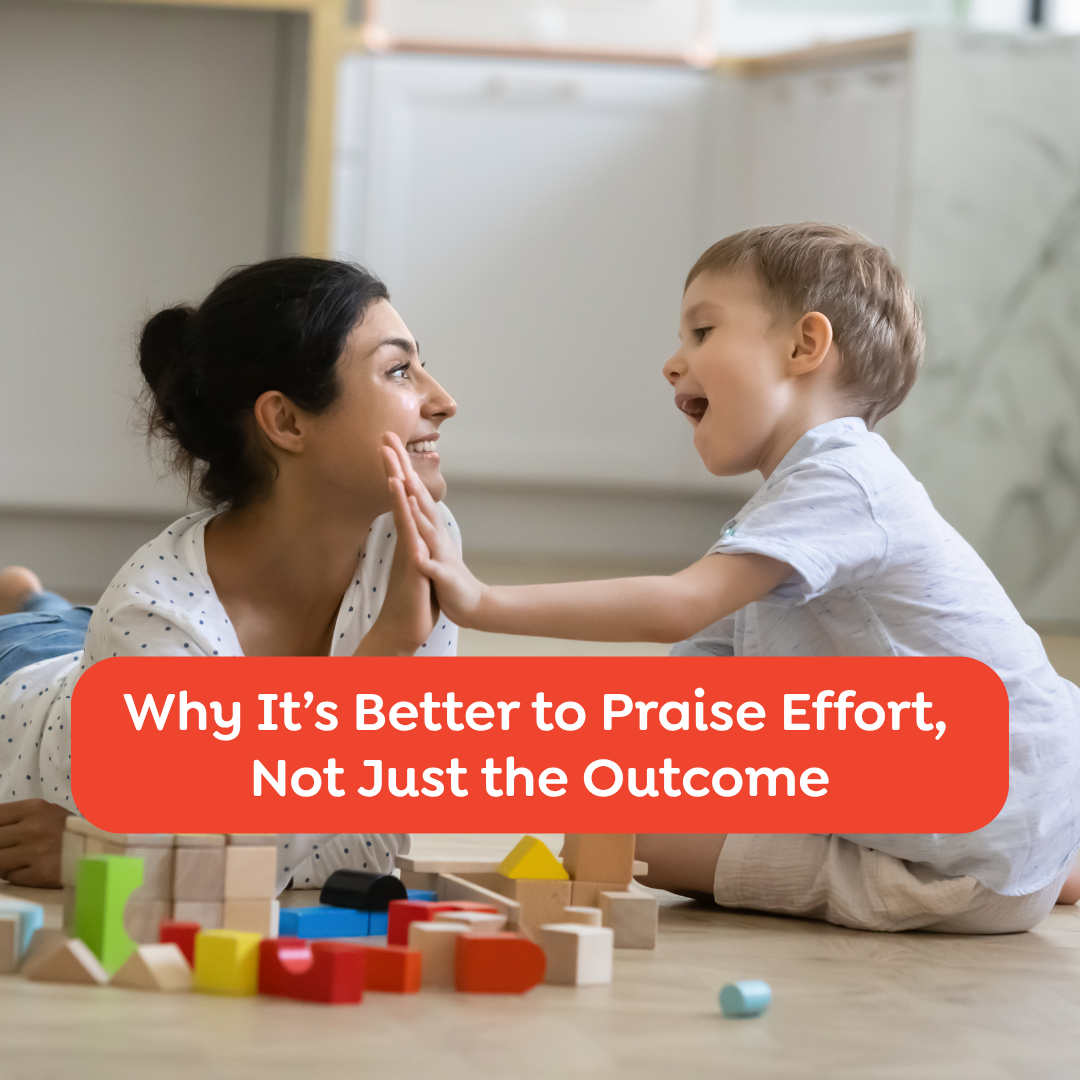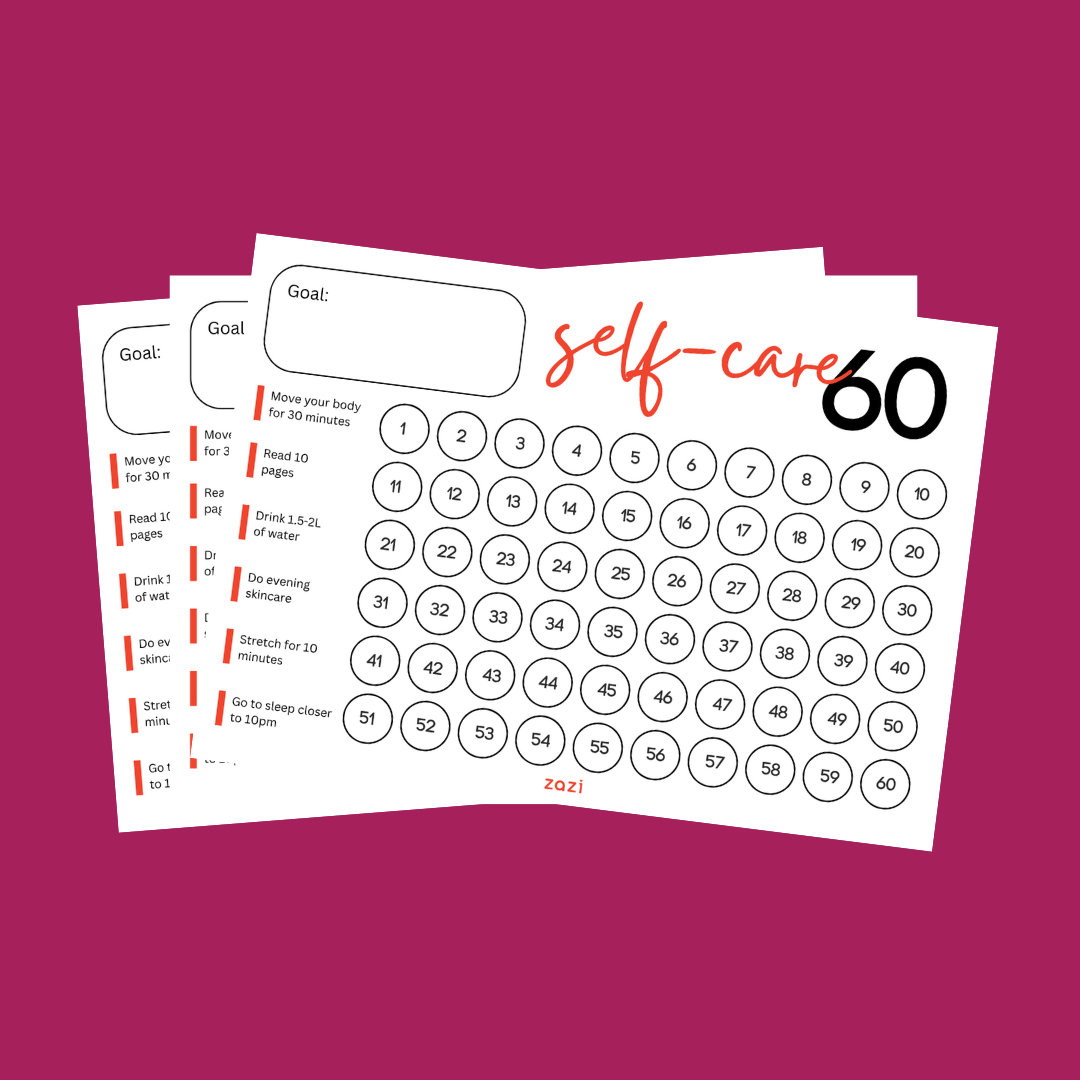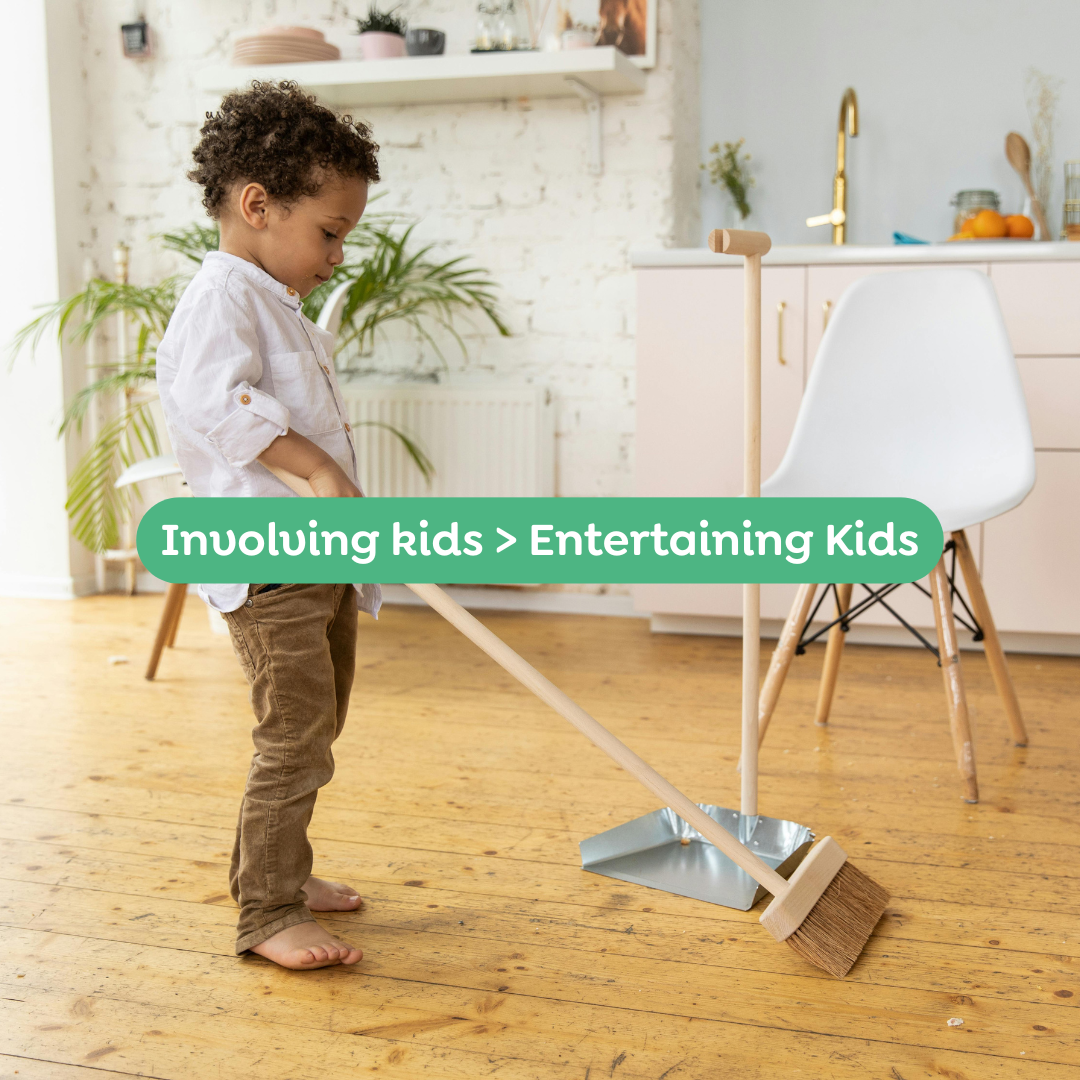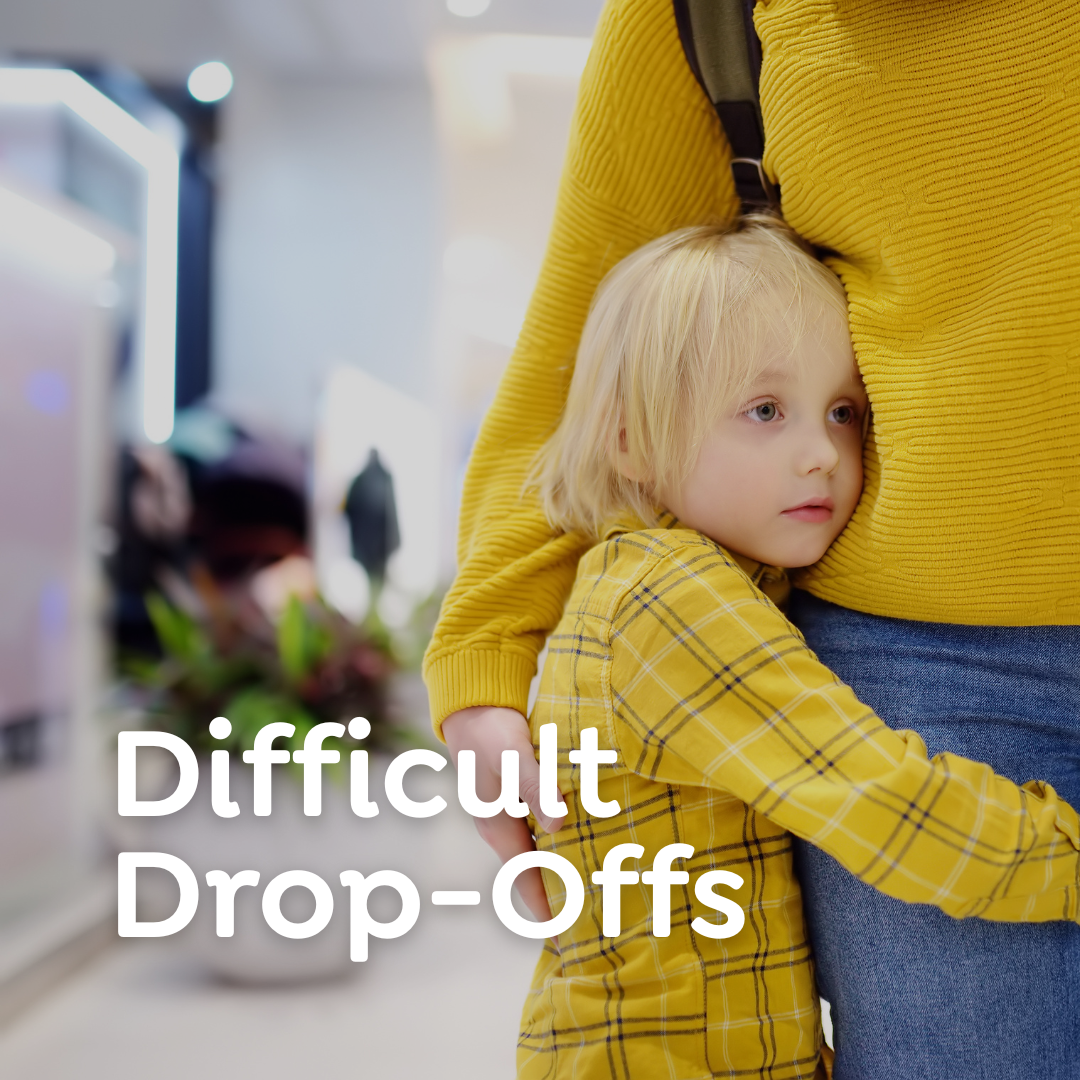Should We Force Kids to Share?
The other day, I watched my youngest clutching a toy car like it was glued to her hand. Her brother hovered nearby, eyes fixed, getting more and more wound up. I could feel the tension rising – the “She won’t share!” followed by the old temptation to step in and tell them to hand it over, to keep the peace, to keep things looking like we’ve got it together.
It’s so easy to think, If I just make them share, they’ll learn to be kind. But that’s not what we’re teaching when we force kids to give up what they’re using. We’re not teaching kindness – we’re teaching people-pleasing. We’re saying, your feelings don’t matter as much as someone else’s.
That’s not the message we want to send.
The Brain Stuff – Why It’s Hard for Kids
The part of the brain that helps kids wait, manage feelings, take turns and think about others is the prefrontal cortex. It’s still under construction right through the early years. Most kids won’t really be able to share in a fair and consistent way until they’re about five. Even then, it’s a work in progress.
For neurodivergent kids with ADHD, autism or sensory needs, it can take even longer. When a child finds a toy or object that helps their body or brain feel safe, letting it go feels impossible. It’s not selfishness – it’s survival.
What Sharing Actually Looks Like at Different Ages
-
Under 3s: They’re still figuring out how the world works. Sharing isn’t part of their skill set yet. They’re learning to hold on, explore, and make sense of what’s “theirs.” They’re learning about ownership, about having control over their own things and experiences.
-
3 to 5s: The idea of turn-taking is starting to form, but they’ll need a lot of support. Some days they’ll manage it, others they won’t. That’s normal. Children can learn to wait, but it takes time. It’s not about forcing it – it’s about modelling it over and over.
-
5s and up: They can take turns more often, but it’s not perfect. They’re learning how to wait, how to ask and how to think about other people’s feelings. They’ll probably get it wrong a lot. That’s part of the process.
What We Can Say and Do Instead
We don’t need to fix every situation or jump in to stop the tears. We can hold space and trust the learning is happening, even if it’s messy. We can shadow them in their play, stay nearby, and model the words they might not have yet.
Speak for the child when they don’t have the words:
-
“I’m still playing. You can have it when I’m done.”
-
“I really want that! Can I have a turn when you’re finished?”
-
“It’s hard to wait. I feel frustrated.”
-
“Would you like to trade?”
For kids who don’t have much language yet, frustration can boil over into hitting, grabbing, or pushing. It’s not because they’re “naughty” – it’s because they don’t have the words yet. This is why it’s so important to stay close, to model the words over and over again, and to shadow – stepping in just enough to help without taking over.
We don’t need to create problems where there aren’t any. If two kids are playing side by side, no one’s upset and no one’s asking for a turn, we don’t need to interrupt. Trust them. Let them be.
What If They Won’t Let Go?
If a child is hoarding all the toys and it’s becoming unfair, we do need to step in. Not to force sharing in the moment, but to gently hold a boundary. This isn’t about making them look good – it’s about creating a fair space for everyone. We might say:
-
“This toy is for everyone. You can keep playing for a few more minutes, and then it’s someone else’s turn.”
It’s not about punishment – it’s about problem-solving with them, helping them think about fairness in a way that’s age-appropriate.
It’s a Long Game
This is slow, messy work. It’s tempting to step in and make them give something up, to smooth things over so everyone looks happy. But that’s not teaching them the skills they need – it’s just keeping the peace for a moment.
If your child isn’t sharing yet – that’s not a sign of bad behaviour. It’s a sign that they’re doing exactly what their brain allows them to do right now. Be confident in that. They’re not bad, they’re not selfish – they’re learning.
Stay close. Model the words. Support the feelings. Shadow the play.
They’ll get there – not because we forced them, but because we gave them time, space, and the language to grow.
You've got this.



